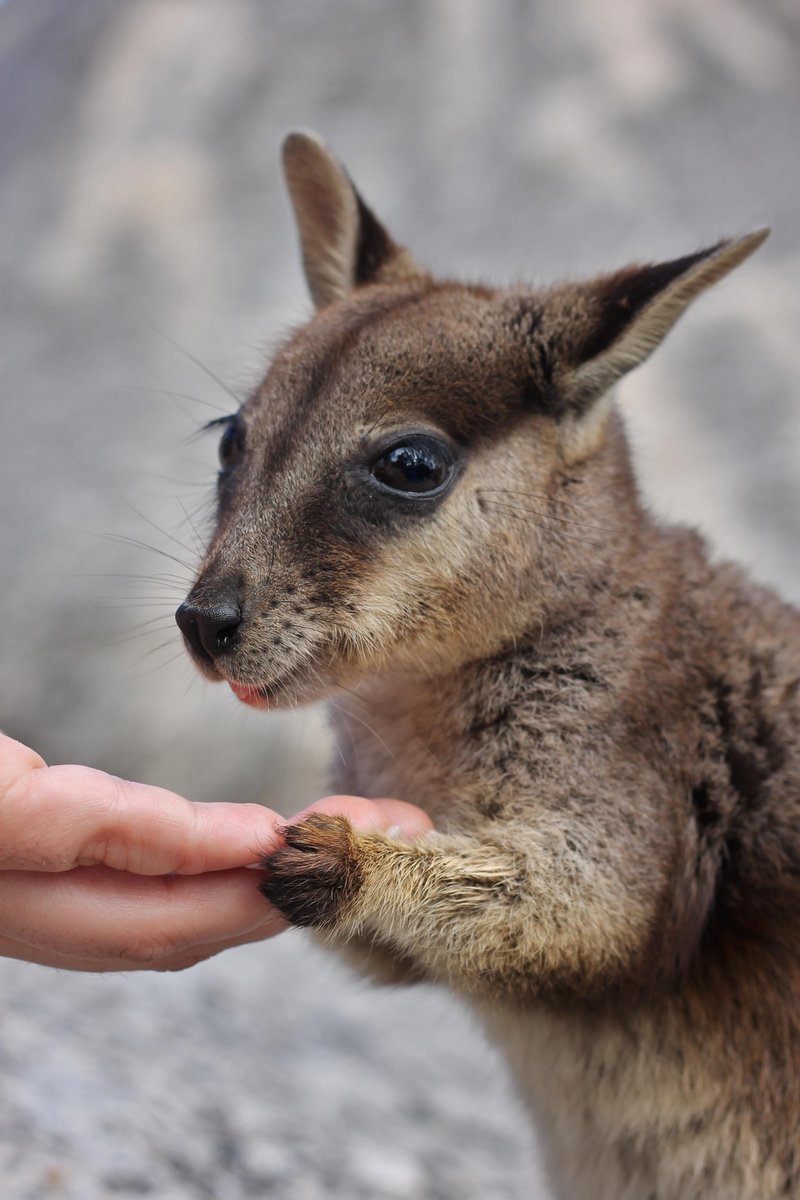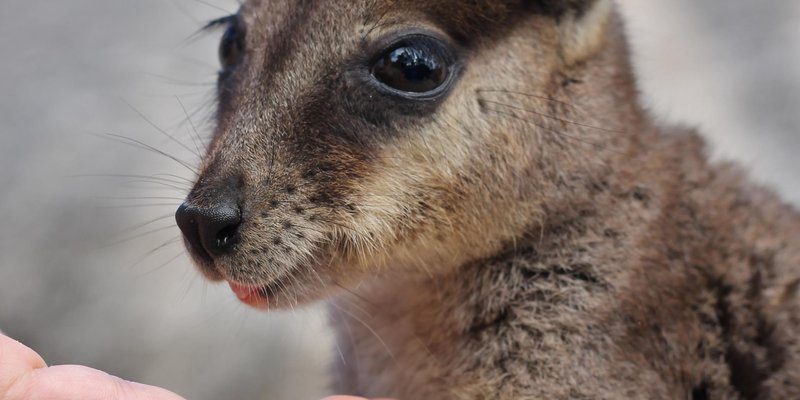
Imagine walking into a coffee shop and noticing how people interact with their surroundings. Some are glued to their phones, while others engage with baristas and decide what to order. Similarly, wallabies exhibit a variety of behaviors that show their smarts, from finding food to communicating with each other. In this article, we’ll dive into the cognitive abilities and behaviors of wallabies, exploring just how smart these little creatures really are.
Understanding Wallaby Intelligence
Wallabies, like their larger cousins, kangaroos, are known for their **adaptability**. They live in diverse habitats across Australia and New Guinea, from forests to grasslands. This adaptability requires a level of intelligence that helps them survive in different environments. Wallabies have to be quick thinkers, constantly solving problems to find food and evade predators.
So, how exactly do we measure a wallaby’s intelligence? Scientists often look at their ability to learn, remember, and adapt. For instance, studies have shown that wallabies can learn to navigate mazes or remember the location of food sources. Their cognitive skills might not rival those of dolphins or elephants, but they certainly display a level of problem-solving ability that’s impressive for a mammal of their size.
Communication Skills
One interesting aspect of wallaby behavior is how they communicate with one another. You might be wondering, “How do these animals talk?” Wallabies use a mix of vocalizations, body language, and even facial expressions to convey their feelings and intentions.
For instance, when a wallaby feels threatened, it might emit a low growl or use its ears to signal alarm to other wallabies nearby. So, if you see a wallaby perk up its ears and look around, it’s not just being curious—it’s likely on alert for any potential danger. Their social structures also play a role in how they communicate. Wallabies often live in groups, allowing them to share information about food sources or predators effectively.
Problem-Solving Abilities
When it comes to problem-solving, wallabies have some fascinating tricks up their sleeves. They’re not just hopping around aimlessly; they’re actively engaging with their surroundings. For example, researchers have observed wallabies figuring out how to open gates or access food hidden in complex containers. It’s a bit like watching a toddler learn to solve a puzzle—there’s a lot of trial and error involved!
Let’s say a wallaby encounters a barrier. Instead of just giving up, it might try different approaches—like hopping, pushing, or nudging. This ability to adapt their strategies based on their experiences shows a level of intelligence that enables them to thrive in the wild. It’s a testament to their resourcefulness and determination.
Social Dynamics and Relationships
Wallabies are social creatures, often living in groups called mobs. Within these mobs, you can observe intriguing social behaviors that demonstrate their cognitive abilities. They form bonds with each other, engage in grooming, and participate in playful activities. Just like us, they enjoy spending time with their friends.
Their social interactions also involve recognizing individuals within the group. Wallabies can identify familiar faces, which helps them maintain relationships and strengthen their social networks. Think of it like a high school reunion where everyone can remember who was who after years apart. Recognizing individuals is crucial for their survival, as it allows them to cooperate and protect each other from predators.
Learning and Memory
Learning is a vital aspect of wallaby intelligence. They can adapt their behavior based on past experiences, which is essential for navigating their ever-changing environments. For example, if a wallaby discovers that a certain area is dangerous due to a predator, it will remember that experience and likely avoid it in the future.
Studies have shown that wallabies can even learn through observation. If one wallaby figures out how to access food, others in the group may watch and learn from its actions. This form of social learning is a significant advantage in the wild, as it allows the entire group to become wiser and more adept at finding resources.
Impact of Environment on Intelligence
The environment plays a significant role in shaping a wallaby’s cognitive abilities. Wallabies in more challenging habitats, where food is scarce or predators are abundant, tend to show higher problem-solving skills. They learn to adapt to survive, demonstrating that intelligence isn’t just about brain size but how well an animal can navigate the challenges they face.
For those living in urban areas, wallabies have shown a remarkable ability to adapt to human environments. They’ve learned to find food in parks and gardens, showcasing their intelligence and flexibility. It’s a bit like watching your neighbor’s cat figure out how to open the door—some animals just have that knack for adjusting to different surroundings.
In conclusion, wallabies are much smarter than they might appear at first glance. Their cognitive abilities encompass a range of skills, including problem-solving, communication, social dynamics, and memory. Watching these creatures interact and adapt to their environments reveals a depth of intelligence that deserves appreciation.
Next time you see a wallaby, take a moment to admire not just its cuteness, but also its cleverness. These little marsupials are excellent examples of how intelligence can manifest in various forms, reminding us that the animal kingdom is filled with surprises. Whether they’re navigating their bushy homes or socializing with their pals, wallabies showcase a unique blend of instincts and learned behaviors that make them truly fascinating creatures.

